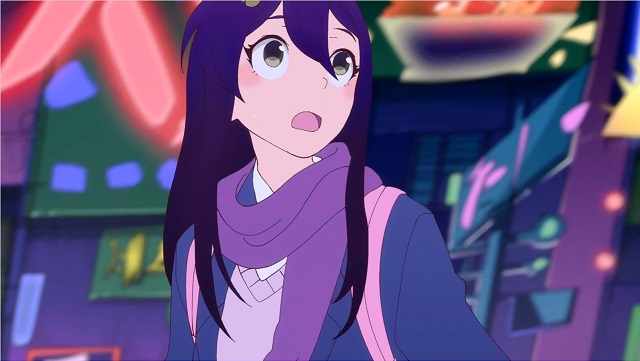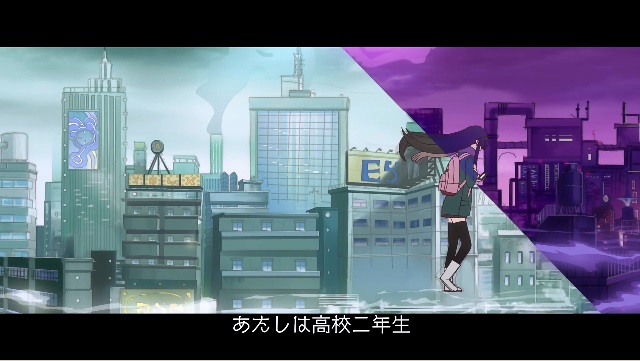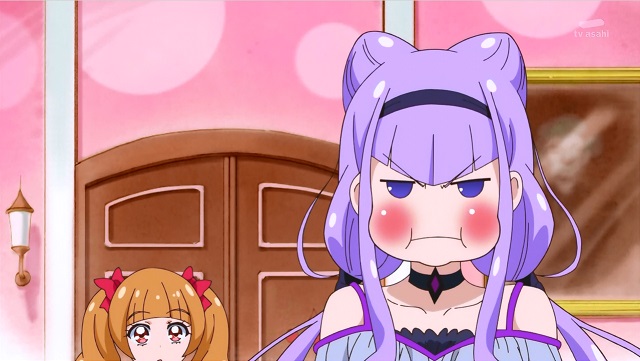I would enjoy Cutie Honey Universe a lot more if these two painfully unfunny assholes weren’t part of it.
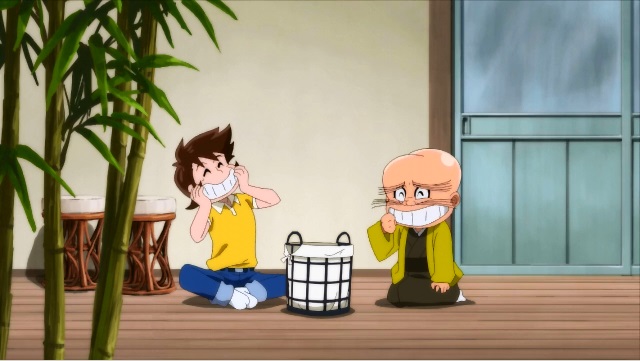
As this excellent overview of the new Cutie Honey series has it, putting up with unfunny sidekicks sexually harassing the protagonist is part and parcel of the Go Nagai anime experience:
Of course, Cutie Honey Universe is by no means a perfect show; it is a good series, it is definitely an interesting series, but it has some major offputting flaws. For all the good interactions between Honey and Genet that play with relationships between women, it also uses old women being sexually active as a punchline, puts schoolgirls in their skimpies in bondage and is making jokes about the male gaze even in its opening credits as Junpei and his father orbit Honey, ogling her particulars.
But one comes into a Go Nagai production expecting crude sex jokes and breasts. It is an unavoidable, innately divisive part and parcel of the fiction. You are going to get a show about two powerful, badass women in complicated relationships, but you are also going to get jokes about how good they look and how unattainable they are.
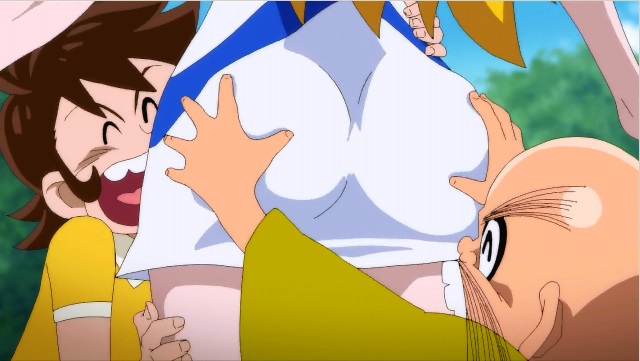
Problem is, Devilman Crybaby showed you could take a Go Nagai series, extract all the interesting things from it, update it for a 21st century audience and leave all the awkward sexual harassment and “comedic” stereotypes back in the seventies. Cutie Honey Universe on the other hand seems to think that what the story needs is for Honey to be sexually harassed out of her depression after she saw her entire school die the previous episode. Their groping routine is not only obnoxious, it actively hinders the story, shutting it down for minutes on end for more “comedy”. It rankles, especially coming on the heels of such a heavy episode.
Cutie Honey Universe tries to put a bit more depth in its story than the original anime had, with the Panther Claw villains a bit more humanises, a bit more sexual attraction between Honey and the main villain, Sister Jill, a bit more introspection in general. But all of that doesn’t work if every five minutes we get these two crashing the scene. Perhaps some people enjoy the contrast between the high drama and the low comedy, but I’m not one of them. There’s so much more the series could’ve done rather than redoing comedy bits already dated when the original anime series came out.

